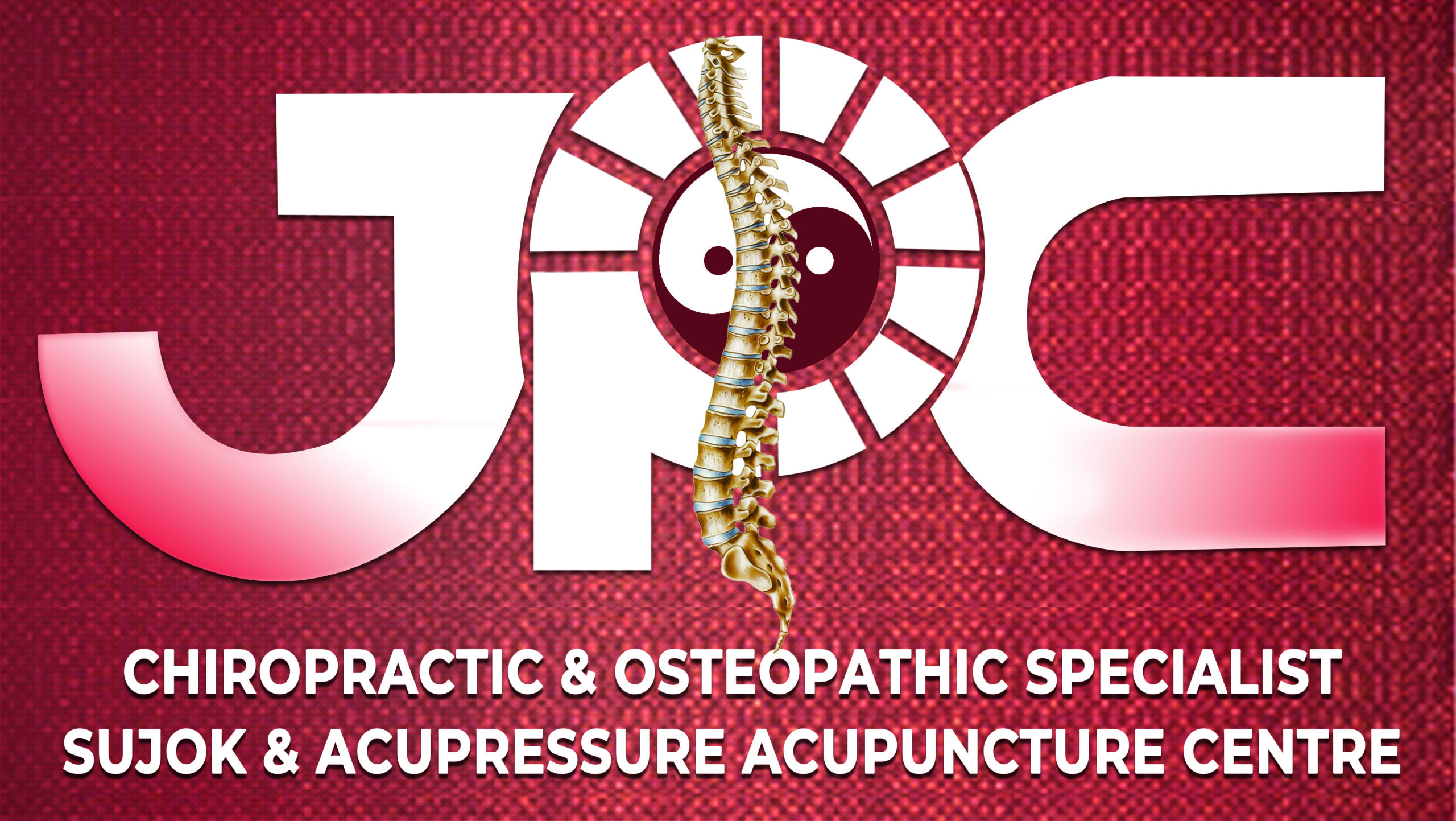The thyroid is a small, butterfly-shaped gland located in the front of the neck. Despite its relatively small size, the thyroid plays a crucial role in regulating various bodily functions. In this article, we will explore the function of the thyroid gland, common thyroid disorders, their causes, symptoms, diagnosis, and treatment options.
The thyroid gland produces hormones that help control metabolism, growth, and development. The two main hormones produced by the thyroid are triiodothyronine (T3) and thyroxine (T4). These hormones influence the functioning of cells throughout the body, affecting processes such as heart rate, body temperature, energy production, and the utilization of nutrients.
Thyroid disorders are relatively common and can affect people of all ages. Some of the most prevalent thyroid disorders include:
- Hypothyroidism: This condition occurs when the thyroid gland does not produce enough thyroid hormones. Symptoms may include fatigue, weight gain, sensitivity to cold, dry skin, hair loss, and depression. The most common cause of hypothyroidism is an autoimmune condition called Hashimoto’s thyroiditis, where the immune system attacks and damages the thyroid gland. Treatment usually involves thyroid hormone replacement therapy to restore hormone levels.
- Hyperthyroidism: Hyperthyroidism is the opposite of hypothyroidism. It occurs when the thyroid gland produces an excess of thyroid hormones. Symptoms may include weight loss, rapid heartbeat, irritability, anxiety, insomnia, and increased sweating. The most common cause of hyperthyroidism is an autoimmune condition called Graves’ disease, where the immune system stimulates the thyroid gland to overproduce hormones. Treatment options include medications, radioactive iodine therapy, and sometimes surgery to remove part or all of the thyroid gland.
- Thyroid nodules: Thyroid nodules are small lumps that develop within the thyroid gland. Most nodules are benign, but some can be cancerous. Thyroid nodules often do not cause noticeable symptoms unless they grow large or affect hormone production. Diagnostic tests such as ultrasound, fine-needle aspiration biopsy, and blood tests can help determine the nature of the nodules. Treatment may involve watchful waiting, medication, or surgical removal depending on the size, characteristics, and risk of the nodules.
- Thyroid cancer: Thyroid cancer is relatively rare but can occur. It typically presents as a painless lump or swelling in the neck. Treatment options for thyroid cancer include surgery to remove the cancerous thyroid tissue, radioactive iodine therapy, and sometimes radiation therapy.
Diagnosis of thyroid disorders typically involves a combination of medical history review, physical examination, blood tests to measure thyroid hormone levels, and imaging tests such as ultrasound or nuclear scans to evaluate the structure and function of the thyroid gland.
Treatment for thyroid disorders varies depending on the specific condition. It may involve medication to normalize thyroid hormone levels, radioactive iodine therapy to destroy overactive thyroid tissue, surgical removal of part or all of the thyroid gland, or, in the case of thyroid cancer, a combination of surgery, radioactive iodine therapy, and possibly radiation therapy.
Regular monitoring and follow-up with a healthcare provider are important for individuals with thyroid disorders to ensure optimal hormone levels and to manage any potential complications.
In conclusion, the thyroid gland plays a crucial role in regulating various bodily functions. Thyroid disorders can have a significant impact on an individual’s overall health and well-being. Understanding the different types of thyroid disorders, their causes, symptoms, and treatment options can help individuals seek timely medical attention and effectively manage their condition. If you suspect any thyroid-related symptoms or have concerns, it is important to consult a healthcare professional for proper evaluation and guidance.




